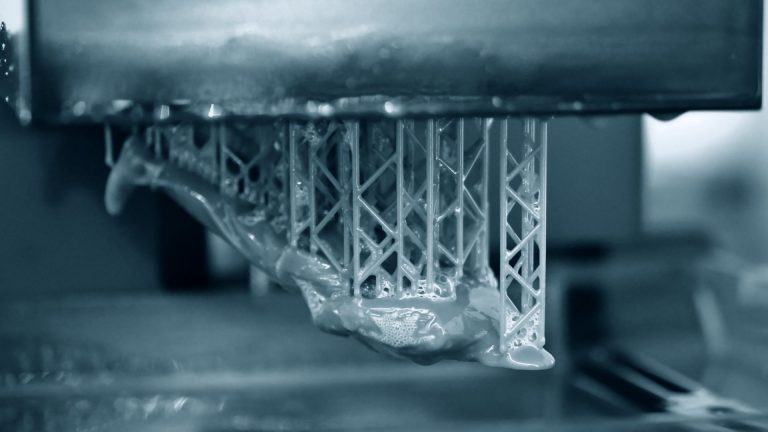Switzerland, with its strong tradition of precision engineering and scientific excellence, provides fertile ground for advancing nanotechnology. EPFL’s contributions are helping to shape the future of technology and industry, including the electronics, healthcare, and materials science sectors. By exploring the unique properties and behaviors that emerge at the nanoscale, our researchers aim to develop new materials, devices, and processes that are more efficient, sustainable, and versatile.
Through close collaborations with Swiss research centers and industry leaders, we ensure that our innovations have a significant impact, leading to the development of advanced technologies that enhance the quality of life and drive economic growth.
Examples of Nanotechnology Research at EPFL:
- Nanoelectronics:
- The use of 2D materials such as graphene and molybdenum disulfide (MoS₂) in electronic devices can enable the development of transistors and sensors that are smaller, faster, and more energy-efficient. This work is paving the way for future flexible electronics and wearable technologies.
- Nanomedicine and targeted drug delivery:
- Nanoparticles can be used for precision medicine, including targeted systems that can deliver therapeutic agents directly to cancer cells, reducing side effects and improving treatment outcomes. EPFL’s work in nanomedicine is particularly focused on innovative cancer treatments and diagnostics.
- Nanophotonics and quantum technologies:
- Interactions between light and matter at the nanoscale can be harnessed to develop new photonic devices, such as quantum dots and plasmonic structures. These technologies have applications in ultra-high-resolution imaging, quantum computing, and secure communication systems.
- Nanostructured materials for energy applications:
- Nanostructured materials can enhance the performance of solar cells, batteries, and fuel cells. EPFL’s work in this area includes the development of perovskite solar cells with nanostructured layers, which have shown remarkable efficiency improvements.
- Nanofabrication techniques:
- Nanofabrication methods such as electron beam lithography and atomic layer deposition can help create highly precise nanostructures. These techniques are used to fabricate nanoscale devices for applications in electronics, optics, and biotechnology.
Explore how EPFL’s School of Engineering is leading the way in nanotechnology research through groundbreaking discoveries, collaborative efforts, and a commitment to excellence. Join us in advancing the frontiers of science and engineering, and discover the transformative potential of nanotechnology.

–
Developing nanoscale drug delivery systems that target specific cells or tissues, improving the effectiveness of treatments for cancer, neurological diseases, and infections while minimizing side effects.

–
Designing faster, smaller, and more energy-efficient electronic components such as transistors, sensors, and quantum devices, which enable advances in computing, telecommunications, and consumer electronics.

–
Creating materials with unique properties, such as increased strength, conductivity, or flexibility, which can be applied to industries ranging from aerospace to renewable energy, including lighter and stronger construction materials or more efficient solar cells.

–
Exploring the interaction between light and nanostructures to develop technologies like ultra-sensitive sensors for environmental monitoring, medical diagnostics, or optical computing.

–
Using nanostructures to improve the performance of batteries, fuel cells, and supercapacitors, leading to more efficient energy storage solutions and renewable energy technologies.